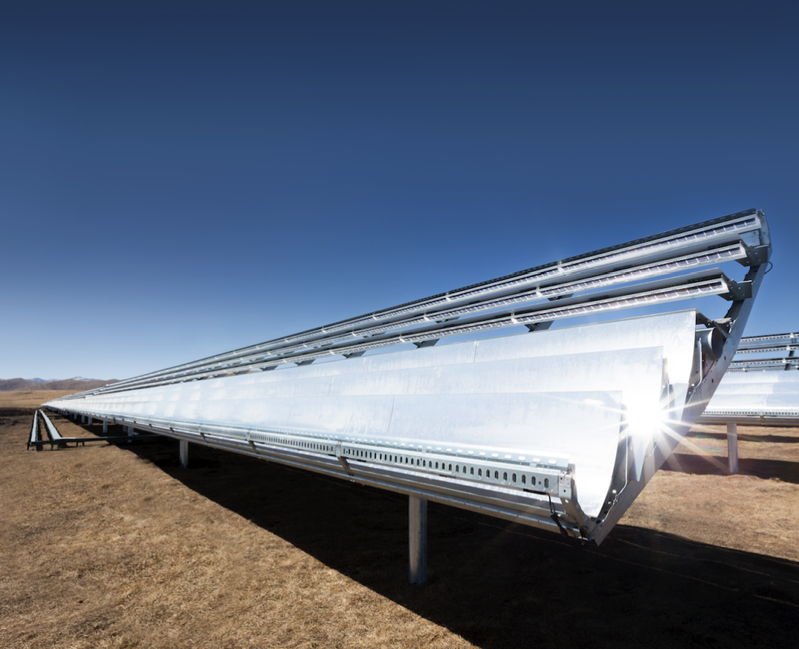
Apple Hopes their Green Energy Model is Replicated by Others
Apple has followed the example of Walmart, Google, and others and created an energy subsidiary allowing it to become a wholesale seller of electricity, although the main customer is itself. The motives, the New York Times says, may be both economic and environmental.

This move allows Apple to reduce the cost of its electricity load, which, according to the NYT, was 831 million kilowatt-hours in the last fiscal year (to put that into context this load is enough to power 76,000 homes for a year). But Apple has also been vocal about running its business on green energy, hence reducing carbon dioxide emissions from electricity productions.
As a first step, Apple has inked what is said to be one of the largest commercial clean energy contracts yet: an $848 million deal that brings solar energy farm California Flats’ total output over 25 years. Lisa Jackson, who has been in the spotlight lately, said she hopes Apple could service a model for many big corporate users embracing green energy:
“This is just another sort of innovative way to get that power onto the grid so we don’t have to take the California grid-mix default, which still includes fossil fuel,” Ms. Jackson said.
The New York Times article also highlights an important aspect of a California Flats-like deal: Companies say these deals mean their businesses are running on green energy, but the reality is different. The clean power doesn’t flow directly to their facilities. What they do is to buy the renewable energy in volumes to match what they draw from the grid, the NYT report highlights. In other words, what the companies may be using in reality may be coal. But as Dr. Robert F. Shapiro, a partner at the law firm Chadbourne & Parke says, these companies are “deemed to have put into the world carbon-neutral energy, which they are deemed to have used for their load.”
To use Jackson’s example: “The dollar you deposit in the bank might not be the exact same bill that you get out,” she said.
Apple’s appetite for clean energy has more than tripled since 2012, but the tech giant would prefer not to go to great lengths to ensure a clean energy supply, Jackson said to the NYT.
“If we had our preference, we’d just be able to say, ‘We want 100 percent green power everywhere we use power,’” Ms. Jackson said. “The best would be if we could run every one of our stores, every one of our data centers, every office complex, every building we have, on 100 percent renewable — and if we didn’t have to spend a whole bunch of our time and energy figuring out how to get that done.”
You can read the whole New York Times Report by following this link.

